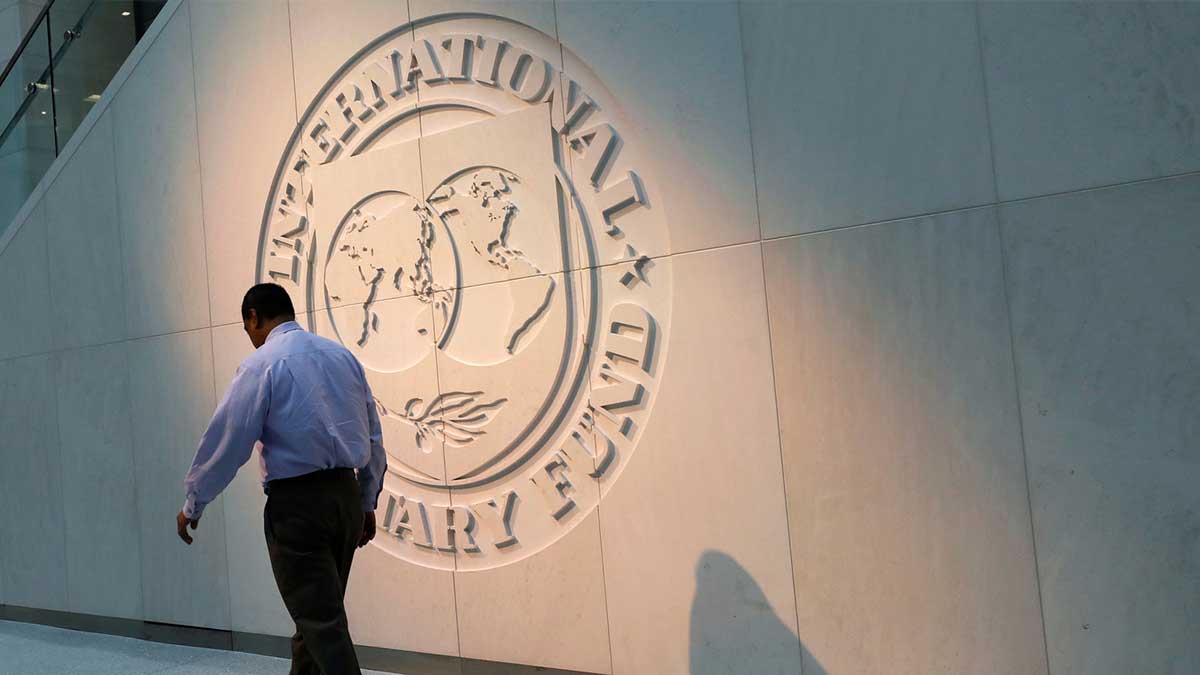The Covid-19 pandemic has worsened existing debt vulnerabilities of Pakistan and led to a surge in its financing needs, said International Monetary Fund (IMF).
During Covid-19, the action, taken by countries like the countries in the Middle East, North Africa, Afghanistan, and Pakistan (MENAP), was greatly appreciated by the world. These countries not only took the steps to save the lives of their people but also did a lot to compensate those who suffered from the financial crises due to lock down and squeezed economic activities.
Read more: Public debt of Pakistan shoots up to Rs 35.8 trillion in July-Nov
However, the condition of debt vulnerabilities aggravated for Pakistan. The sources of the International Monetary Fund, many of these countries were already had high debt. With limited access to external financing, governments and large state-owned companies opted for the local banks.
The expanded banks’ exposure to the public sector in many of these countries’ emerging markets, ranging from 20% of total banks’ assets in Iraq, Jordan, and Qatar to above 45% in Algeria, Egypt, and Pakistan and up to 60% in Lebanon.
The sources comment that public gross financing of these countries is projected to rise to a total of $1,044 billion in 2012-22 from $780 billion in 2018-19. Financing requirements during 2021-22 are likely to be above 15% of Gross Domestic Product on average in the majority of MENAP’s emerging market. The domestic in addition to the expected financing, required during 2021-22, Egypt, Oman, Pakistan, and Tunisia would absorb an additional 10 t0 23 % of banks’ assets as government debt by the end of 2022.
As a result, Egypt and Pakistan’s banks could reach levels of public sector exposure similar to those, recently witnessed in Lebanon. International Monetary Fund suggested that the countries would need credible and clearly communicated medium-term fiscal and debt management strategies.
The countries with limited or no fiscal space need to initiate growth-friendly consolidation plans as the crises subside. Engaging in liabilities management operation can improve terms on existing debt and the medium-term debt profile.
Developing domestic capital markets, gradually broadening the investors base, and expanding banks’ opportunities to diversify their assets including further progress on financial inclusion would help risks from banks’ overexposure to the state.





















